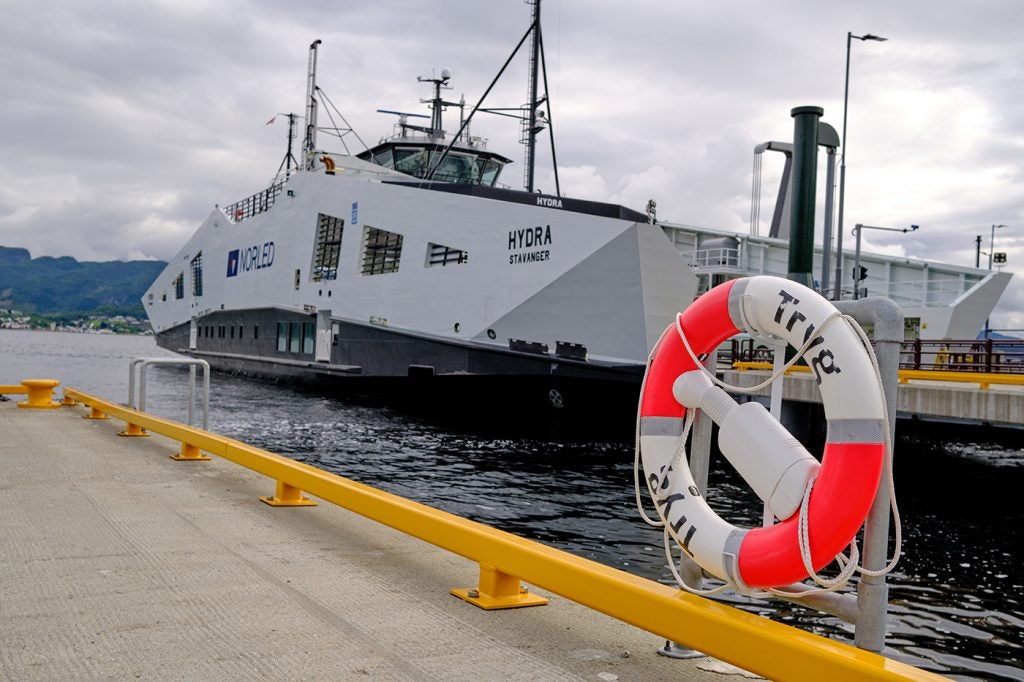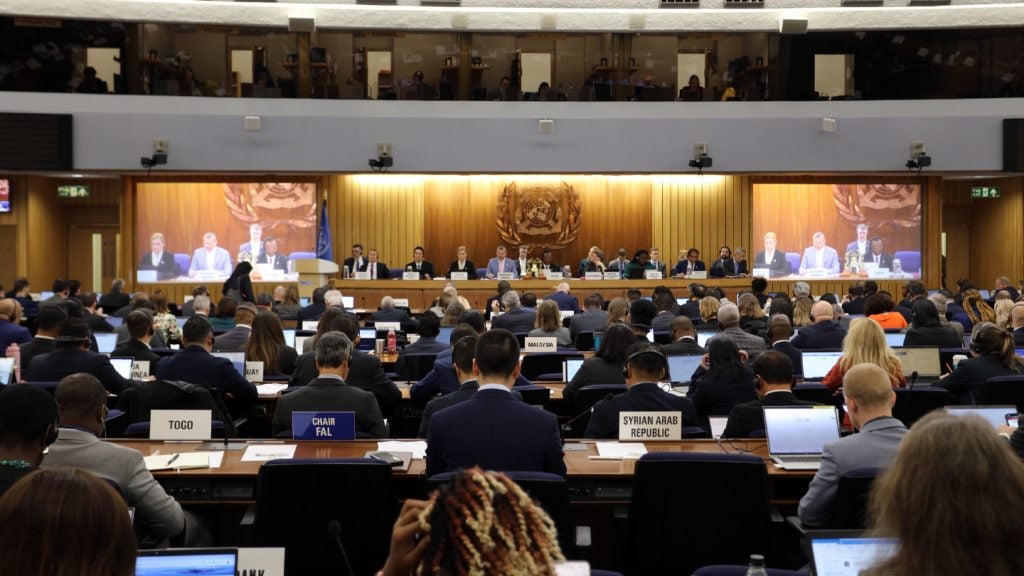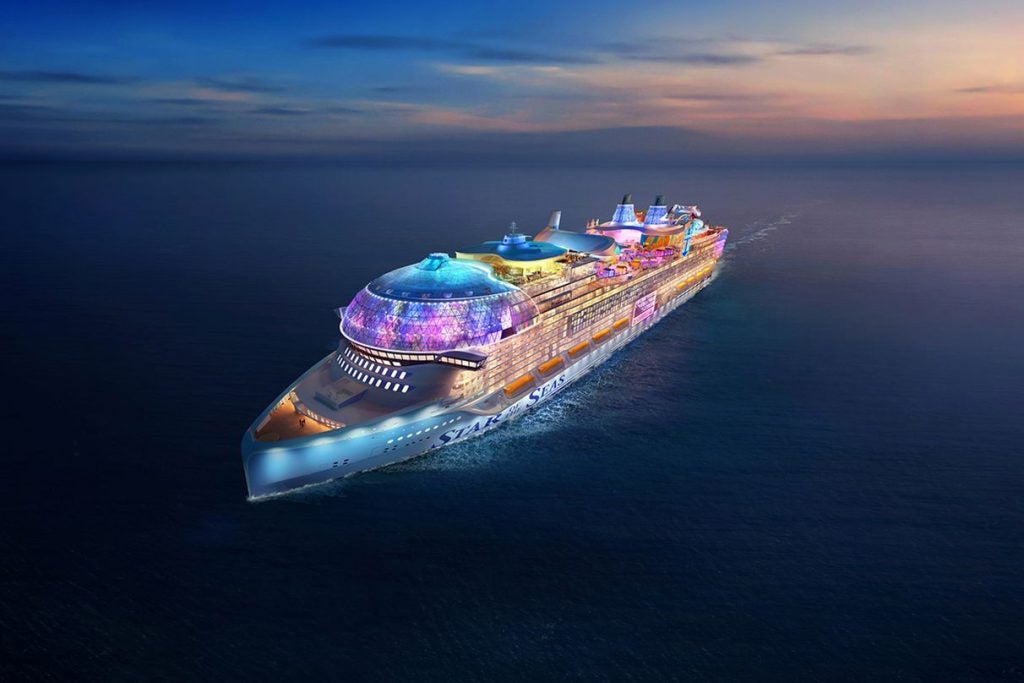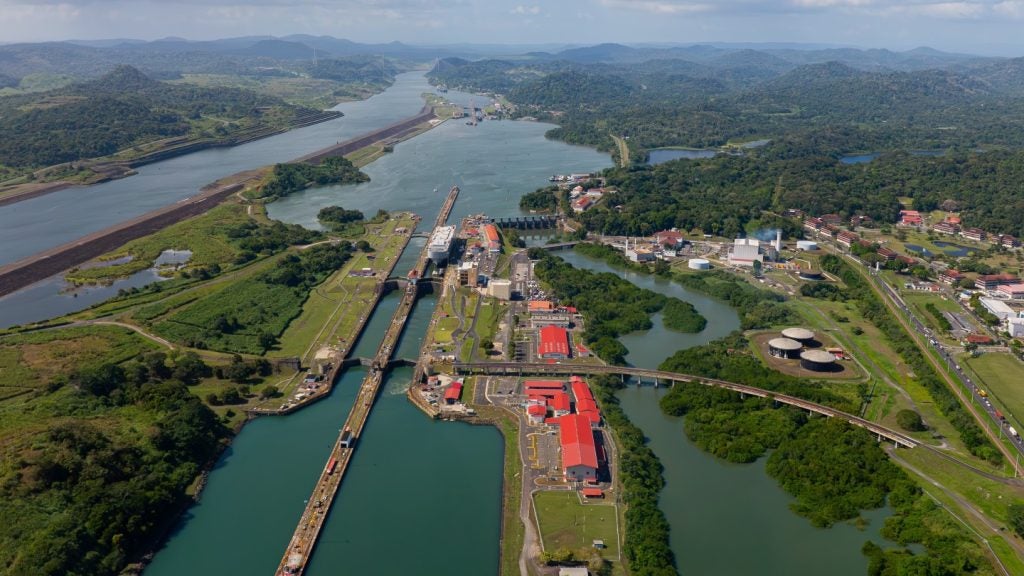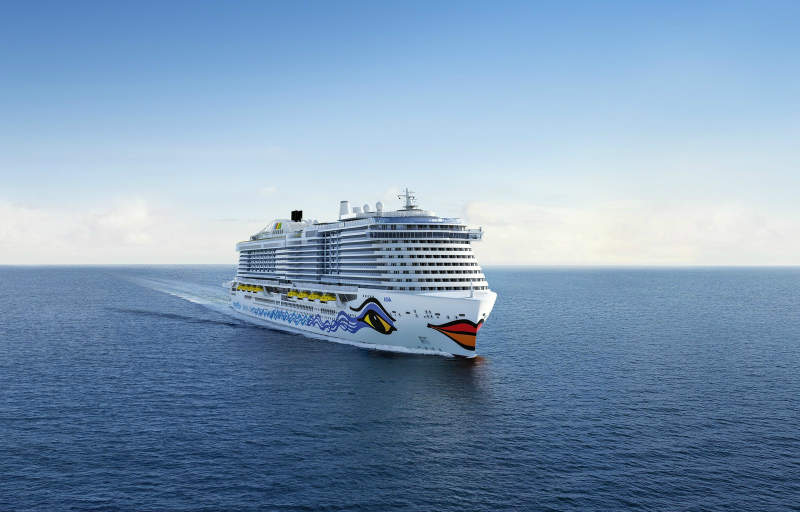
Since the International Maritime Organisation (IMO) announced its global cap on sulphur emissions in 2016, the cruise industry has come under increasing scrutiny for its less-than-stellar environmental record. An annual survey of 63 cruise ships, conducted by German environmental group Nabu, claimed that none of them had sufficiently reduced their environmental impact in 2017.
Nevertheless, many cruise operators insist that the tides are changing, and that implementation of greener fuels and exhaust gas cleaning systems (EGCS) is a major priority for the future. Cruise Lines International Association senior vice president of maritime policy Brian Salerno insists that cruise is “well on the way to full compliance with the sulphur cap”.
Cruise operators, like the rest of the maritime industry, have three main options when it comes to compliance. These include switching to low-sulphur fuel oils (LSFOs), investing in liquefied natural gas (LNG) to power ships, or installing exhaust gas cleaning systems (EGCS).
Low-sulphur fuel: the obvious solution?
Under the IMO’s ruling, ships will be required to carry fuel with a sulphur content of no more than 0.50% m/m from 2020, marking a significant reduction from the current volume (3.50% m/m). Switching to an LSFO will enable vessels to use conventional marine diesel engines, and negate the need to invest time and money in costly scrubber equipment.
LSFOs are already being used by cruise ships sailing through sulphur emission control areas (SECAS), which require vessels to cut their sulphur content to a stringent 0.10%. MSC Cruises, for example, uses low-sulphur fuels on vessels sailing into European ECAs, in line with the EU’s Sulphur Directive.
Existing distillate fuels, including marine gas oil (MGO) and marine diesel oil (MDO), are generally cleaner and produce fewer pollutants than regular heavy fuel oils (HFOs). Nevertheless, the refining process often takes longer and is more expensive, meaning it can cost up to 50% more to produce.
How well do you really know your competitors?
Access the most comprehensive Company Profiles on the market, powered by GlobalData. Save hours of research. Gain competitive edge.

Thank you!
Your download email will arrive shortly
Not ready to buy yet? Download a free sample
We are confident about the unique quality of our Company Profiles. However, we want you to make the most beneficial decision for your business, so we offer a free sample that you can download by submitting the below form
By GlobalDataThe price of LSFOs could also be set to ramp up in step with demand as the 2020 deadline looms. A study by research consultancy CE Delft highlighted that demand for marine fuel with less than 0.5% sulphur will hit 233 million mt/year in 2020.
“Obviously there will be a far greater demand after 2020 so nobody really quite knows where the price point will be, but there’s an expectation that the greater demand will have an effect on elevating the price,” says Salerno.
Shipowners are also uncertain as to whether enough low-sulphur fuel will be available, given that ports serving existing ECAS have already reported shortages. Refiners such as Shell have promised that they are working to create new fuels to meet the increasing demand by blending existing fuels together. However, with the exact specifications for these new blends still unclear, marine engineers are not yet sure whether these fuels will be compatible with existing engines, or each other.
“What frightens me most about these new-generation fuels is that they’re incompatible,” said Carnival’s senior vice president for maritime affairs Tom Strang in an interview with Platts. “At the moment, I can go to a new port and load on top of the fuel I’ve already got.”
Meanwhile, Nabu head of environmental policy Dietmar Oeliger says that blends that include HFOs will still present a risk to the environment.
“The important question for us is if the oil companies provide ‘real’ low sulphur fuels or blends,” he says. “For the marine environment, HFO is a serious risk.”
LNG: the start of a cruise revolution
Some industry speculators have claimed that LNG could spell a historic move away from HFOs altogether. Ships that combust LNG emit no dust, soot or particles. Using the fuel is expected to reduce sulphur emissions by more than 99% and nitrogen oxide emissions by up to 85%, compared to conventional HFOs.
While experts predict that now may be the tipping point for LNG, it’s less likely to be the method chosen for existing ships. Vessels would need to be fitted with new engines, capacity-sapping fuel storage and insulation equipment, which could come at an extortionate cost.
Nevertheless, cruise lines are optimistic about the potential of LNG in their new-builds, and have been amongst its early adopters in shipping. Salerno confirms that from a list of 48 new cruise vessels being developed, 18 will be fuelled by LNG, including AIDAnova, the world’s first LNG-powered cruise ship.
“Those ships will represent about 25% of the overall passenger carrying capacity in our members’ fleet,” says Salerno. “If you consider that 25% of all passengers going on member ships are going to be on ships that are fuelled by LNG, that’s quite a step change within the industry.”
Ports are currently investing in infrastructure to supply LNG to ships – the Port of Rotterdam, for example, has positioned itself as an LNG hub in Europe – but many still lack vital storage or refuelling capabilities. Nevertheless, as demand increases with time, Salerno seems confident that this could be a fantastic compliance method.
“We can fully expect that LNG fuelling will become more widespread throughout major ports in the world in the coming years,” says Salerno. “It’s a highly effective way of dealing with the sulphur problem. Like any new technology, there are some elements of it that need to be developed.”
Scrubber technologies: cleaning up emissions
Scrubbers allow ships to continue to use heavy fuel oil, while reducing their sulphur oxide and particulate matter emissions. By combining engine exhaust gas streams with a neutralising agent, such as seawater, vessels can reduce their sulphur emissions by up to 90%.
“The ships that are fitted with the exhaust gas cleaning systems have been studied very thoroughly and all of the information that we’ve received show that those systems are functioning as designed,” says Salerno.
Larger lines have already invested a great deal in retrofitting and developing scrubbers. Cruise giant Carnival has invested more than $400m to develop and install EGCS systems to bring its ships in line with requirements of North American and European ECAs. It claims to have EGCS installed on more than 60% of its fleet, with additional installations continuing.
“The performance of the EGC systems has exceeded our initial expectations,” says a Carnival spokesperson. “We recently achieved our corporate goal – initially set for 2020 – to reduce our sulphur emissions by an average of 25% per ship, and we are working to establish even more aggressive goals going forward.”
Scrubbers can be pricey, with the cost of installation on a large containership estimated at $10m. Nevertheless, Salerno notes that even this kind of investment could ultimately be worth it for cruise ships. A 2015 study found that retrofitting scrubbers would be cheaper for existing vessels operating for more than 4,500 hours in an ECA, compared to using an alternate fuel. This ‘break-even’ point drops to 500 for new-builds.
Scrubbers may be the most economically viable option, but whether they are a long-term solution remains to be seen. Oeliger says that scrubbers, overall, are not an environmentally friendly technology, and the industry needs to focus on shifting to cleaner, alternative fuels.
“Scrubbers only extend the use of poisonous HFO and shift the problem from air to water, as the washing water with all the sulphur is going into the ocean,” he says. “That’s the reason why scrubbers are not allowed in many waters.”



